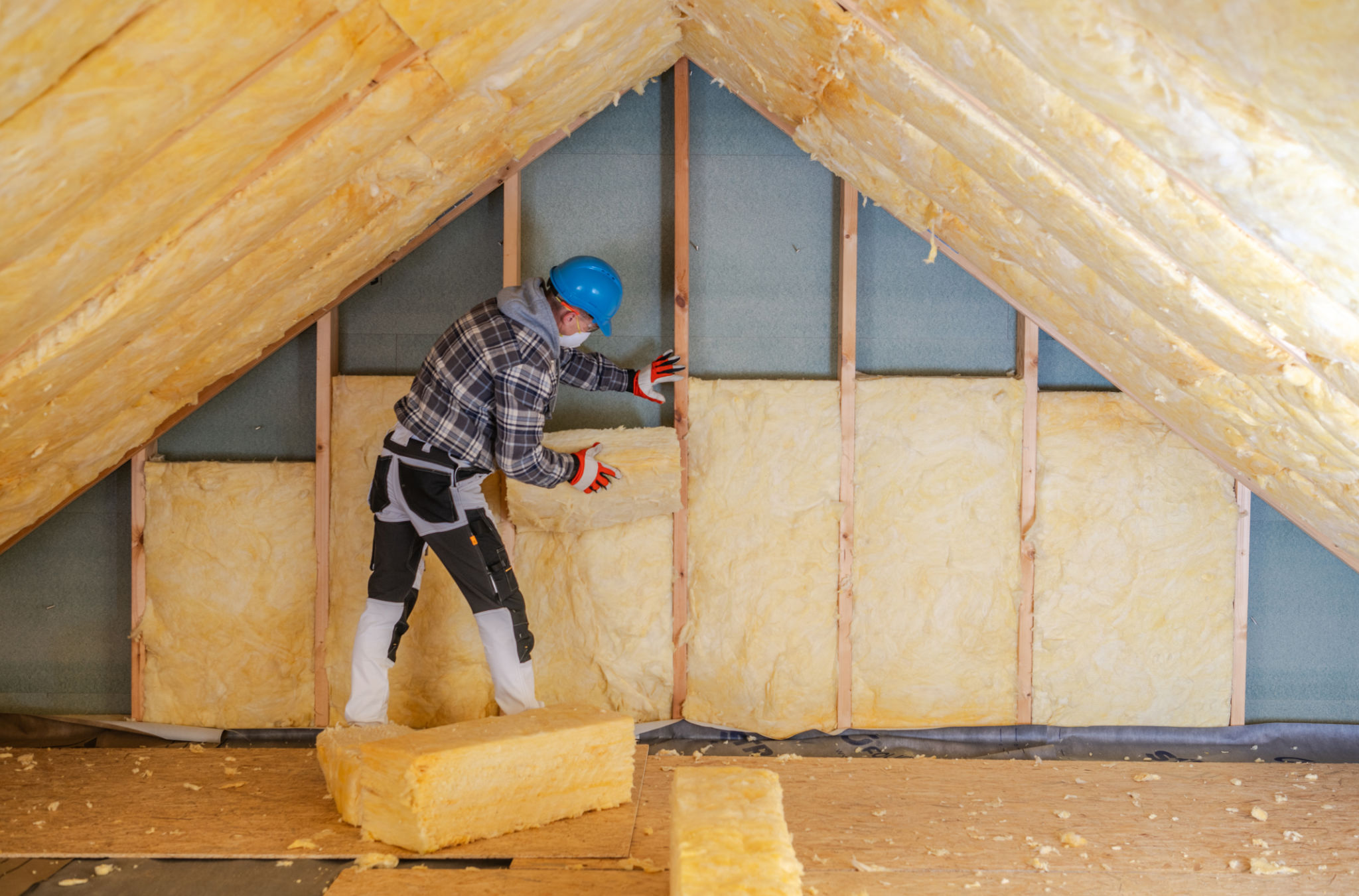How Hull’s Unique Coastal Climate Impacts Local Construction and Repair Needs
Understanding Hull's Coastal Climate
Hull, located in the East Riding of Yorkshire, is uniquely positioned by the coast, which significantly influences its local climate. The proximity to the North Sea means that Hull experiences a maritime climate characterized by mild temperatures, high humidity, and persistent winds. These climatic conditions can pose specific challenges for construction and repair needs, making it crucial for builders and homeowners to understand and address these impacts effectively.
The coastal climate of Hull is known for its dampness and high levels of moisture in the air. This moisture can lead to increased risks of water damage and corrosion in buildings. Therefore, it is essential to use materials that are resistant to these factors when constructing or repairing structures in the area. Additionally, the presence of salt in the air due to sea spray can accelerate the degradation of certain materials, necessitating the use of specialized coatings or treatments.

The Impact of Wind on Construction
Wind is another critical factor influencing construction in Hull. The city often experiences strong winds that can have a direct impact on building stability and integrity. Structures need to be designed with wind resistance in mind, using appropriate anchoring systems and reinforced materials to ensure they can withstand gusty conditions. Roofs, in particular, require special attention to prevent damage or displacement during storms.
The persistent winds also mean that construction timelines might be affected. Builders need to plan for potential delays due to adverse weather conditions, which can slow down progress and increase costs. Moreover, safety measures must be enhanced to protect workers from wind-related hazards during construction activities.

Dealing with Temperature Fluctuations
Although Hull generally enjoys mild temperatures, it is not immune to fluctuations that can affect construction needs. Sudden changes in temperature can lead to expansion and contraction in building materials, potentially causing cracks and structural weaknesses. It is vital to select materials that can accommodate these variations without compromising the integrity of the structure.
Insulation is another key consideration in Hull's climate. Proper insulation helps maintain a consistent indoor temperature, reducing energy consumption and improving comfort levels for occupants. Builders should prioritize energy-efficient solutions that are suitable for the local climate conditions.

Mitigating Humidity Challenges
High humidity levels in coastal areas like Hull can lead to issues such as mold growth, which poses health risks and can damage building materials over time. Effective ventilation systems are crucial in mitigating these challenges. Ensuring adequate airflow helps control moisture levels inside buildings, preventing mold formation and maintaining a healthy indoor environment.
Furthermore, humidity can affect the drying times of certain construction materials like concrete and paint. Builders must account for this when scheduling projects to avoid premature application or compromised finishes that could lead to long-term issues.
Conclusion
The unique coastal climate of Hull presents distinct challenges for construction and repair projects. By understanding the specific impacts of humidity, wind, temperature fluctuations, and salt exposure, builders and homeowners can make informed decisions when planning and executing projects. Investing in suitable materials, design strategies, and construction practices will ensure that buildings in Hull are resilient and sustainable for years to come.
